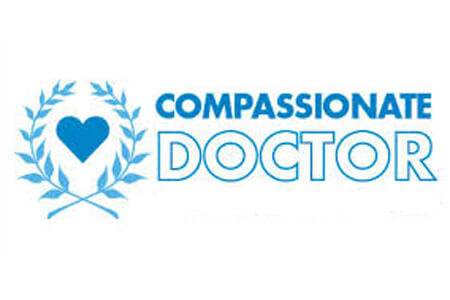- Please read the following instructions carefully. While no surgical result can be guaranteed, attention to the following details can help maximize success.
- Relax! Most dermatologic surgery is only minimally uncomfortable, and only initially when the anesthesia is being applied. You may feel a sensation of pressure during the procedure, but you should not feel pain. Any time you do feel pain, notify the doctor, as additional local anesthesia may be used.
- If you have not already done so, please be sure to tell the doctor of any medications you are taking, especially aspirin or aspirin-containing products, or any pain relievers such as Motrin (Advil, Rufen), or other pain or arthritis medications. Please, also let the doctor know if you are taking any blood thinners such as Coumadin or Heparin, or any “beta-blockers” for the treatment of high blood pressure and heart disease. Example of these include: Inderal, Corgard, and Propranolol.
- If you wish to use a pain reliever in the 10 days prior to surgery, please use Tylenol.
- If you have not already done so, please let the doctor know if you have hepatitis, high blood pressure or hypertension, AIDS, heart disease, or if you use a pacemaker. Also inform the doctor if you have ever had an allergic reaction to a local anesthetic such as lidocaine, or any other reactions to tape and antibiotic ointments.
- Do not drink any alcohol-containing products for at least 7 days prior to surgery.
- Remember that, in nearly all surgery, scarring is to be expected. Care will be taken to minimize scarring, but all patients heal differently, and it is impossible to predict anyone’s final result. Occasionally, a touch-up procedure is required.
- Follow-up visits are required to check healing, remove stitches if they are used, and review biopsy reports if necessary.
- If the surgery is elective or in a cosmetically sensitive area and you have a special occasion in the near future, you may wish to consult with the doctor if you can defer the procedure. If the surgery is in an area of muscular motion, be prepared to rest the area for at least 6 to 8 weeks following surgery. This includes any exercise that you may commonly do.
- Minimal swelling usually occurs after surgery. Also, for surgery around or near the eye, often a black eye is noted temporarily after surgery.
- If you are having facial, leg, or any other extensive surgery, and/or if you are not in good health, please arrange for transportation from the office after surgery. You can arrange either to have a friend or a car service pick you up from the office to take you home.
If you have any other questions, please call the office.














